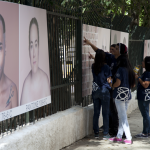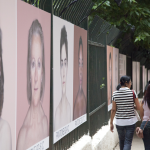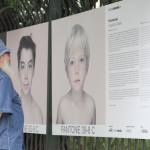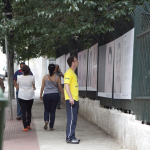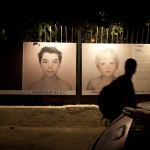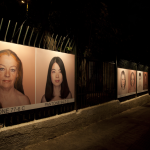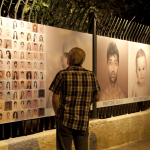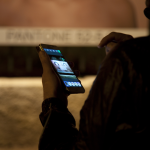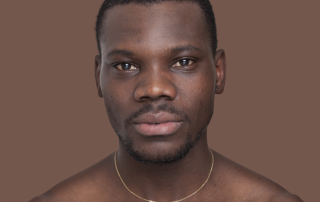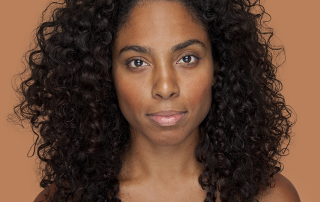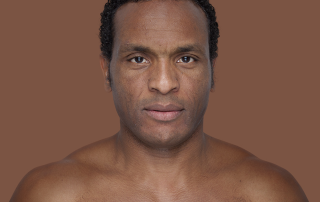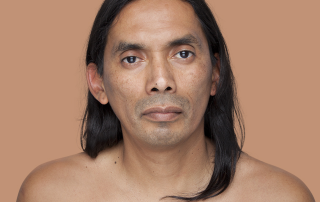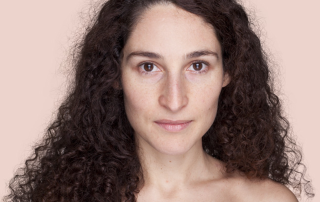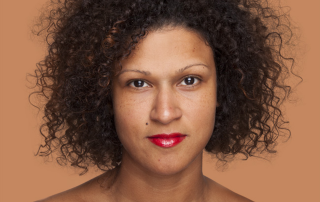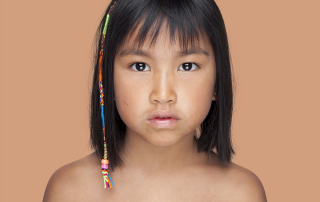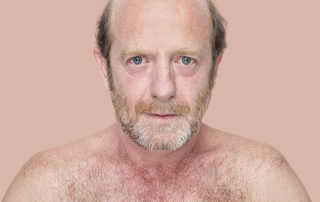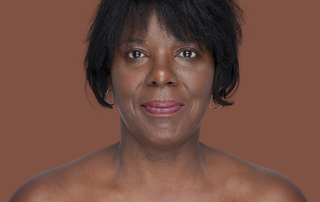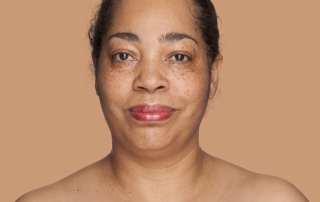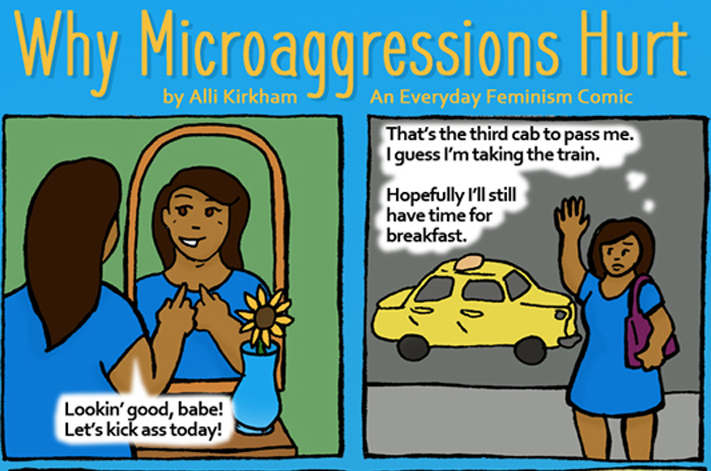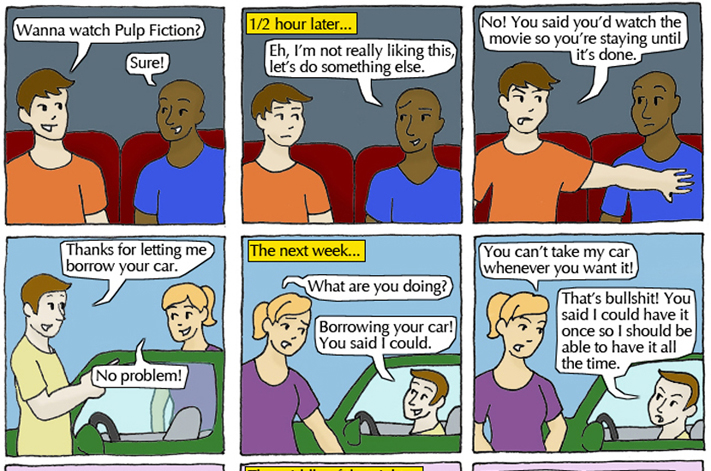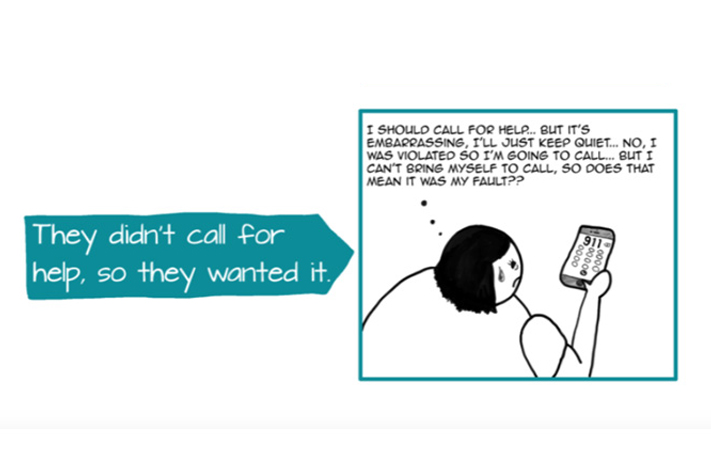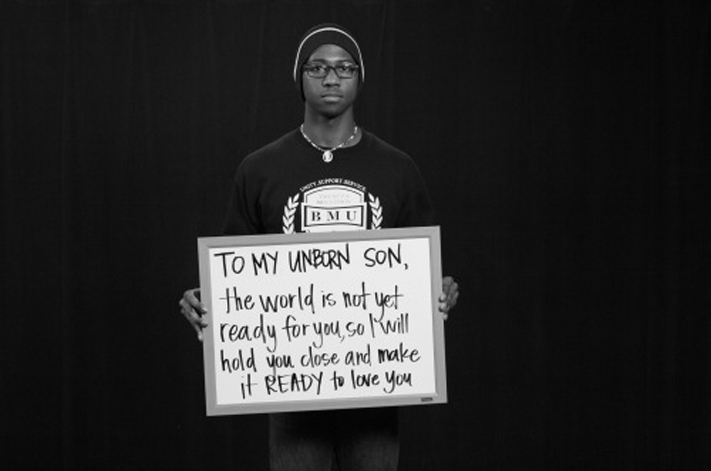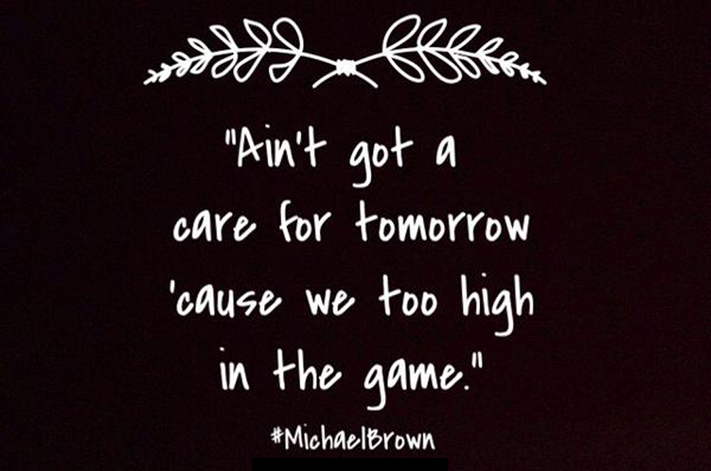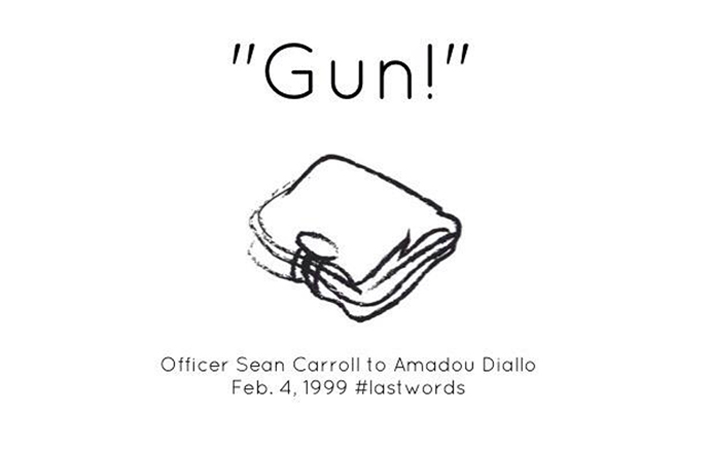Project Description
Humanæ; A Work In Progress Exhibition
A photographic taxonomy of these proportions has been rarely undertaken; those who preceded Angélica Dass were characters of the 19th century that, for various reasons – legal, medical, administrative, or anthropological – used photographs to establish different types of social control of the power. The best-known is that of the portraits of identity, initiated by Alphonse Bertillon and now used universally. However, this taxonomy close to Borges´ world, adopts the format of the PANTONE ® guides, which gives the collection a degree of hierarchical horizontality that dilutes the false preeminence of some races over others based on skin color or social condition.
These guidelines have become one of the main systems of color classification, which are represented by means of an alphanumeric code, allowing to recreate them accurately in any medium: is a technical-industrial standard. The process followed in Humanæ also is rigorous and systematic: the background for each portrait is tinted with a color tone identical to a sample of 11 x 11 pixels taken from the face of the photographed. Aligned as in the famous samples, its horizontality is not only formal also is ethical.
Thus, without fuss, with the extraordinary simplicity of this semantic metaphor, the artist makes an “innocent” displacement of the socio-political context of the racial problem to a safe medium, the guides, where the primary colors have exactly the same importance that the mixed ones. It even dilutes the figure of power that usually the photographer holds. The use of codes and visual materials belonging to the imagery that we all share,leaves in the background the self-referentiality of the artist, insistent and often tiresome.
The will that the project evolves in other directions beyond their control (debates, educational applications, replicas and a host of alternatives that have already triggered by sharing Humanæ on social networks) contributes also to the dilution of the hierarchy of the author.
Many of the ingredients that characterize the
The spectator is invited to press the share button in his brain.
Alejandro Castellote
Click to Enlarge. See Humanæ; Un Proyecto, En Desarrollo Below.
See Also About Humanæ; A Work In Progress
Humanæ; Un Proyecto, En Desarrollo
Humanæ es un proyecto, en desarrollo, de la brasileña Angélica Dass, que pretende desplegar un inventario cromático de los diferentes tonos de piel humana. Quienes posan son voluntarios que han conocido el proyecto y deciden participar en él. No existe una selección previa de los participantes ni se atiende a epígrafes de clasificación referentes a nacionalidad, género, edad, raza, clase social o religión. Tampoco hay una intención explícita de terminarlo en una fecha determinada. Está abierto en todos los sentidos e incluirá a cuantos quieran formar parte de este colosal mosaico global. El límite solo se alcanzaría al completar la totalidad de la población mundial.
Pocas veces se ha acometido una taxonomía fotográfica de estas proporciones; quienes precedieron a Angélica Dass fueron personajes del siglo XIX que, por diferentes motivos -policiales, médicos, administrativos o antropológicos- pretendían servirse de las fotografías para establecer desde el poder diversos tipos de control social. El más conocido es el de los retratos de identidad, iniciado por Alphonse Bertillon y utilizado ahora universalmente. Sin embargo, esta taxonomía de proporciones borgianas que ha iniciado Angélica, ha adoptado un formato, el de las Guías PANTONE®, que desactiva cualquier pretensión de control o de establecimiento de jerarquías en función de la raza o la condición social.
Estas guías se han convertido en uno de los principales sistemas de clasificación de colores, que son representados mediante un código alfanumérico, lo que permite recrearlos de manera exacta en cualquier soporte: es un estándar técnico-industrial. El proceso seguido en Humanæ también es sistemático y riguroso: cada retrato se sitúa sobre un fondo teñido con un tono de color idéntico a una muestra de 11×11 píxeles extraída del rostro del fotografiado. Alineados como en los famosos muestrarios, la horizontalidad no es solo formal también es de orden ético.
Así, sin aspavientos, con la extraordinaria simpleza de esta metáfora semántica, Angélica Dass diluye la falsa preeminencia de unas razas sobre otras. Le basta con un “inocente” desplazamiento del contexto socio-político del problema racial a un medio inocuo, el de las guías, donde los colores primarios tienen exactamente la misma importancia que los mezclados. Incluso se diluye la figura de poder que suele ostentar el fotógrafo en los retratos. La utilización de códigos y materiales visuales pertenecientes al imaginario que todos compartimos, deja en un segundo plano la autorreferencialidad, a menudo insistente y cansina, de los artistas.
A la dilución de la jerarquía del autor contribuye asimismo la voluntad de que el proyecto evolucione en otras direcciones ajenas a su control: debates, usos didácticos, réplicas y un sinfín de alternativas que ya se han activado al compartir Humanæ en las redes sociales. Muchos de los ingredientes que caracterizan el [mejor] espíritu de este tiempo parecen formar parte de este proyecto: autorías compartidas, solidaridad activa, propuestas locales susceptibles de funcionar a escala global, colaboración en red, comunicación expandida a espacios alternativos de debate, concienciación sin dirigismo ideológico, horizontalidad social…
El espectador está invitado a presionar el botón de compartir en su cerebro.
Alejandro Castellote
The Humanæ project is copyrighted. It is shared with permission or license from the Artist. We thank Angelica Dass for allowing us to learn from her endeavors.

